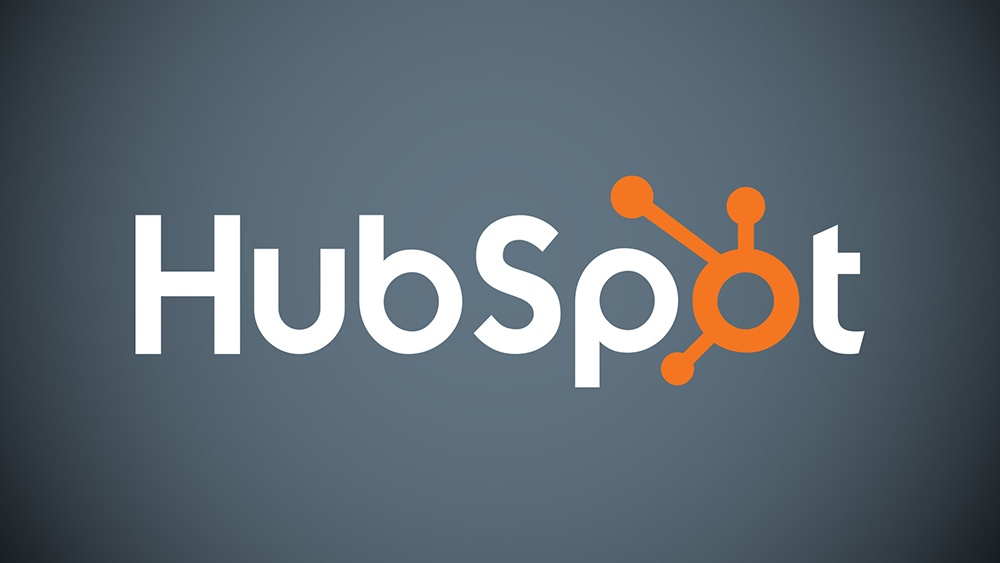 Many people who hear the term marketing automation might say “What’s that?”
Many people who hear the term marketing automation might say “What’s that?”
Others might think you were talking about email marketing, and they’d be correct, up to a point. Marketing automation refers to a larger strategy that helps you streamline and prioritize your goals.
For many businesses, the marketing software provided by HubSpot delivers an easy, useful gateway into the world of marketing automation.
HubSpot’s inbound services include tools that allow you to track keywords, schedule blog posts, and create a content management system. It also lets you make landing pages, optimize your content for search engines and conduct email-based lead nurturing.
Still, like any tools, these tools will only work when you know how to use them. Let’s take a look at some of the steps they list for starting a marketing campaign.
1. Find Out Who’s In Your Audience
Knowing your audience is a crucial part of inbound marketing. As HubSpot notes, it’s the difference between creating “a generic message that falls flat and a campaign that really resonates.”
You can begin to understand your audience by building personas – HubSpot calls them profiles – that tell you who your buyers are, what challenges they face, how they view your company, why they might be reluctant to patronize your business, and how you’d address their needs.
2. Set Your Goals
We don’t just want your goals to be smart, we want them to be S.M.A.R.T. goals: specific, measurable, attainable, relevant, and timebound.
That means that instead of saying “We want to attract more visitors,” you set a goal that’s both concrete and something you can achieve: “We want to increase the number of visitors by 15 percent in the next six months.”
3. Choose Your Words Carefully
By this we mean the keywords you want to rank for on search engines. These are words that should appear in your headlines and in your content. But you shouldn’t overload your content with keywords. Google notices these things, and your readers will be turned off.
4. Develop Offers And Landing Pages, And Track Them
Now that you’ve outlined your goals and identified your audience, you can create content offers that appeal to their needs/wants. These offers can include:
- Whitepapers and e-books. You can create these by compiling a handful of blog entries – say 3 to 5 – that all deal with the same topic.
- Product demonstration videos.
- How-to guides.
- Frequently asked questions. This can be a list of 10-20 common questions you get, along with the answers that go with them.
You should also create landing pages to help convert visitors into leads. This is where readers can access your offer, in exchange for providing some contact information. Your landing page should also include the keywords for which you’re trying to optimize. As a final step, set up a tracking URL, which is a normal URL from your website that includes a tracking token that helps you calculate the number of visits, leads and customers the campaign is generating.
5. Start Promoting Your Content
There are a number of avenues you can take to promote your campaign:
- Feature your content offer in an email newsletter that goes out to a select list of contacts, or simply create a dedicated email based around the content offer.
- Write a blog post that helps promote the content offer. It can include an excerpt of what you’ve written, but don’t give too much away.
- Share your offer on social media. Try different networks, and post at different times of day to see what works.
We realize this might seem overwhelming. A marketing campaign has a lot of components. IQnection can work with you to manage them.
We can help you use Hubspot and other marketing integration platforms, so that you can manage more than one campaign at a time and get detailed, real time data. You know you’re business. We know the marketing tools to help you let the world know about what you do.










